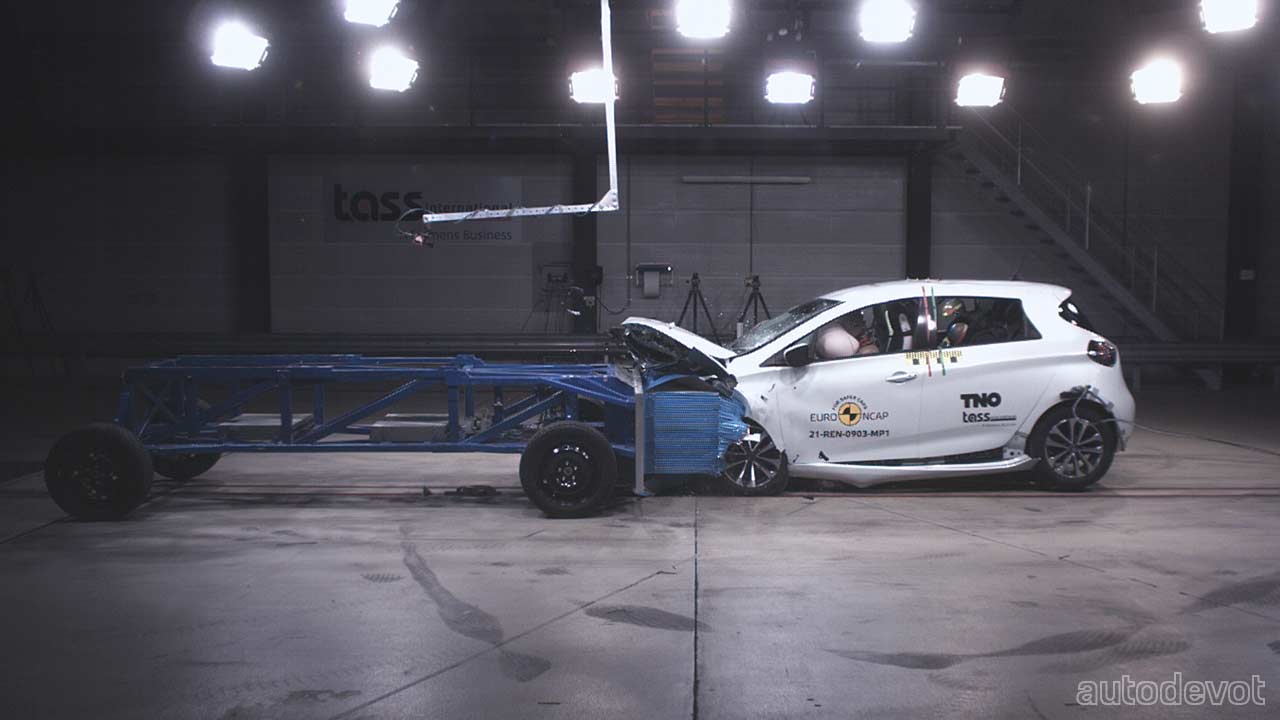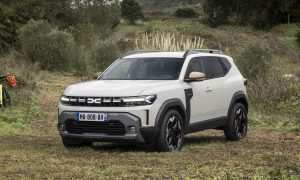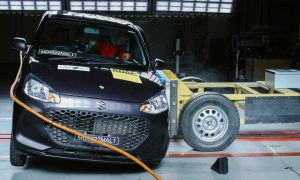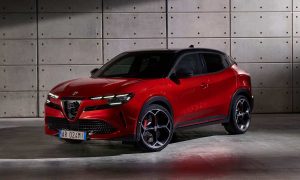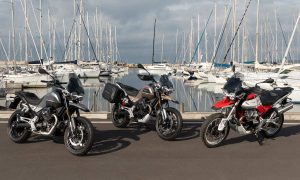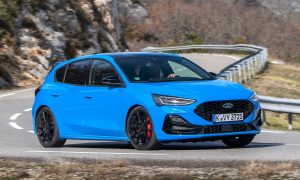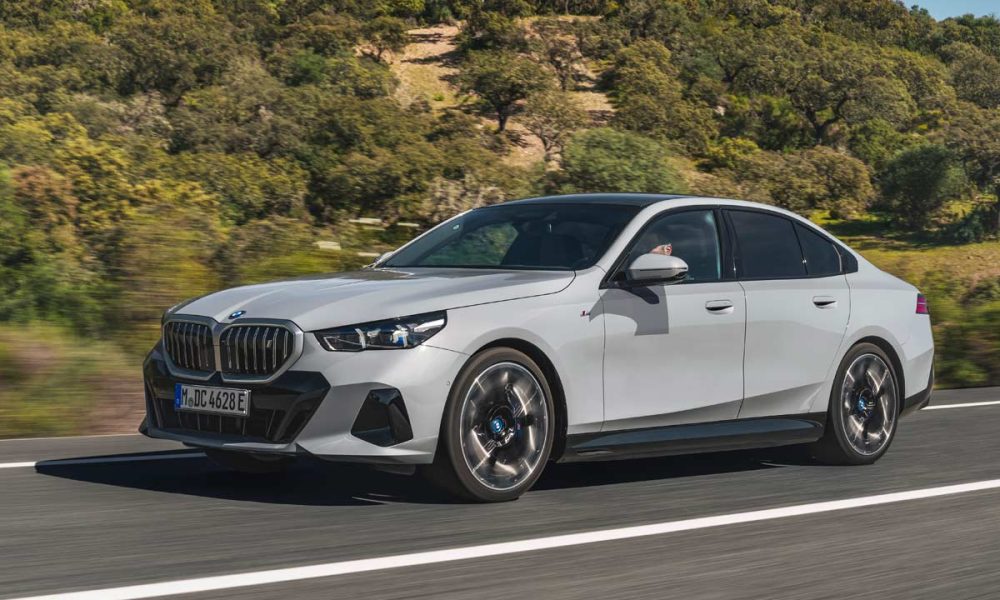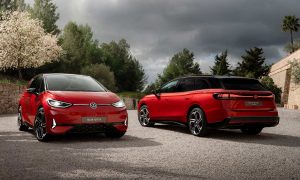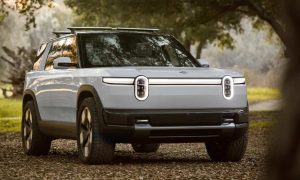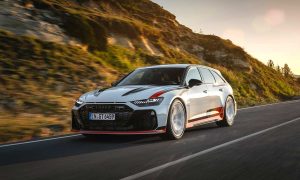Euro NCAP has crashed a bunch of new cars including BMW iX, Genesis G70, Genesis GV70, Mercedes EQS, Nissan Qashqai, Skoda Fabia, VW Caddy, Fiat 500e and MG Marvel R, which all have scored 5 stars except for the last two which scored 4 stars which is not bad at all. The safety watchdog also crash-tested Renault Zoe and its smaller sibling Dacia Spring, which scored 0 and 1 star, respectively. Let’s take a brief look at how these French EVs failed to satisfy Euro NCAP, starting with the Zoe –
The tested model was equipped with front & side airbags, seat belt pretensioner & loadlimiter, Isofix anchorages, and seat belt reminder as standard. Yet somehow, it failed to get even a single star.
Adult Occupant Protection
According to Euro NCAP, the passenger compartment remained stable in the frontal offset test. Readings of the passenger dummy’s left knee slide were high in comparison with recommended limits. In addition, the structures of the dashboard posed a hazard to the occupants, which contributed to the poor rating. Protection of the driver’s chest was rated as weak, based on dummy readings of chest compression during the test. In the full-width rigid barrier test, the head of the rear passenger was penalized for the extent to which it moved forward, and protection was rated as marginal. Chest protection of the rear dummy was also rated as marginal, based on measurements of compression. In the more severe side pole impact, the driver’s head directly impacted the intruding pole and head injury values indicated poor protection of this part of the body. Rib compression indicated marginal chest protection.
The lack of a centre airbag, poor whiplash protection for rear occupants, the Zoe being a “moderately aggressive crash partner to other vehicles”, the lack of eCall system nor multi-collision braking, and lack of autonomous emergency braking (AEB) as a standard feature, all contributed to the poor rating.
Child Occupant Protection
The report said that in the frontal offset test, tensile forces in the neck of a 10-year dummy indicated poor protection of this part of the body. The head and chest of the same dummy were marginally protected. In the side barrier impact, the head of a 10-year-old dummy contacted the vehicle interior and protection was rated as poor. The installation checks on the Group II/III Isofix child restraints were deemed a fail owing to conflicting information between the CRS manufacturer and Renault. Download the full report here.
As for the poor man’s EV the Dacia Spring, it managed to achieve only a single star. The tested model was equipped with front & side airbags, seat belt pretensioner & loadlimiter, Isofix anchorages, seat belt reminder, autonomous emergency braking (AEB Car-to-Car), and an eCall system as standard.
Adult Occupant Protection
Euro NCAP said in its report that the passenger compartment remained stable in the frontal offset test. Readings of several parameters in the dummies’ legs were high, indicating poor protection, and structures in the dashboard posed a hazard to the occupants. Protection of the driver dummy’s chest was also rated as poor, based on readings of chest compression during the test. The pelvis of the driver was also poorly protected with dummy readings exceeding recommended values. In the full-width rigid barrier test, the head of the rear passenger was penalized for the extent to which it moved forward, and protection was rated as poor. Chest protection of both occupants was rated as marginal, based on measurements of compression. In both the side barrier test and the more severe side pole impact, rib compression indicated marginal levels of chest protection, but that of other critical body areas was good.
The lack of a centre airbag, poor whiplash protection for rear occupants, the Spring being a “benign crash partner to other vehicles”, and the lack of multi-collision braking, all contributed to the poor rating. The score was also penalised for the high forces needed to open the door post-impact.
Child Occupant Protection
The report said that in the frontal offset test, protection of the head and neck of a 6-year child were rated as weak, based on measured decelerations and tensile forces respectively. The neck of a 10-year dummy was marginally protected. The labels indicating Isofix anchorages were not visible to someone installing a child restraint, and the Spring lost points in this part of the assessment. Also, as a consequence of the poor marking, installation checks of Isofix child restraints were deemed a fail. Download the full report here.

Leave a Reply
Note: Comments that are unrelated to the post above get automatically filtered into the trash bin.
